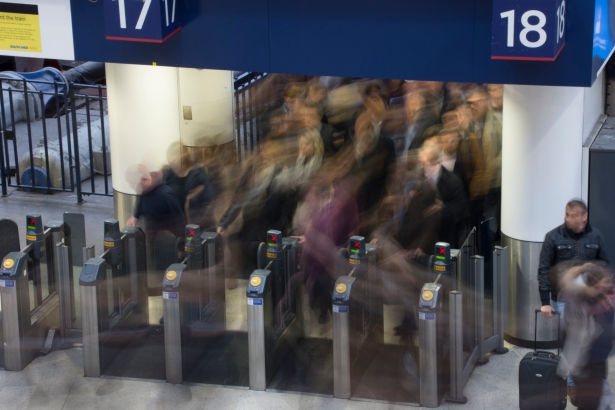First Impressions
The concept of a ‘Decisive Moment’ made me think on something that has puzzled me for some considerable time, why do some cyclists take unnecessary risks like:
- Ignoring red traffic lights at junctions
- Undertaking large vehicles as they approach turning points
- Not wearing cycle helmets
- Wearing personal stereos and therefore unable to hear traffic (i.e. large vehicle turning announcements)
- Thinking that the highway code is not applicable to them
Or any combination of the above, in turn; risking their own lives, those of other pedestrians or the mental distress caused to drivers who unwittingly hit, injure or kill these cyclists.
There are a couple of junctions close to my work where this kind of blatant action is common, especially early in the morning and early evening during rush hour. But also at time of quietness which brings its own level of complacency.
Sometimes we experience problems or situations in life where we feel like we are standing at a busy junction where the traffic lights are not working. Where we are unwilling witnesses to potential accidents and no matter how much we wave our arms, we are ignored. This is how feel about these irresponsible cyclists. We live in enlightened society where we are taught about danger from birth, therefore these cyclists must make a conscious decision (their own decisive moment) to take any or all the risks I have highlighted above.
The word cloud below shows the words that come to my mind when thinking about the issues highlighted above:

Planning Part 1
My idea is to take images at the junction of Stamford Street and Cornwall Road (London, SE1 9HN) at various times. I will try to take images from various points that take in the whole junction. Google map and satellite view of the junction below (Google.co.uk, 2017):

Map of junction of Stamford Street and Cornwall Road – London, SE1 9NH

Satellite view of junction of Stamford Street and Cornwall Road – London, SE1 9NH
I am not anticipating a crash or near miss, but I could end up witnessing an accident! The junction has pedestrian crossings which may also provide other interesting shots. My intention is not to make myself too obvious by; using natural cover, distance, muted clothing and slow movements. Hopefully catch my intended targets off guard.
Shooting from an elevated or low point might produce interesting images, but could attract more attention. Shooting from midriff might work best. Set camera up manually possibly try using a 10 – 20mm wide angle lens, using a good depth of field and use hyperfocal distance to ensure that everything of interest is in focus (Dofmaster.com, 2017).

Anticipated initial manual camera settings:
- ISO 400 – 800
- f/5.6 – f8
- 1/500s
- Lens 10-20mm (15mm)
- Hand held
- Multiple shots
The above give me a starting point for this assignment.
Reference
Google.co.uk. (2017). Cite a Website – Cite This For Me. [online] Available at: https://www.google.co.uk/maps/@51.5057334,-0.111333,19.25z [Accessed 17 Apr. 2017].
Dofmaster.com. (2017). Online Depth of Field Calculator. [online] Available at: http://www.dofmaster.com/dofjs.html [Accessed 17 Apr. 2017].





















